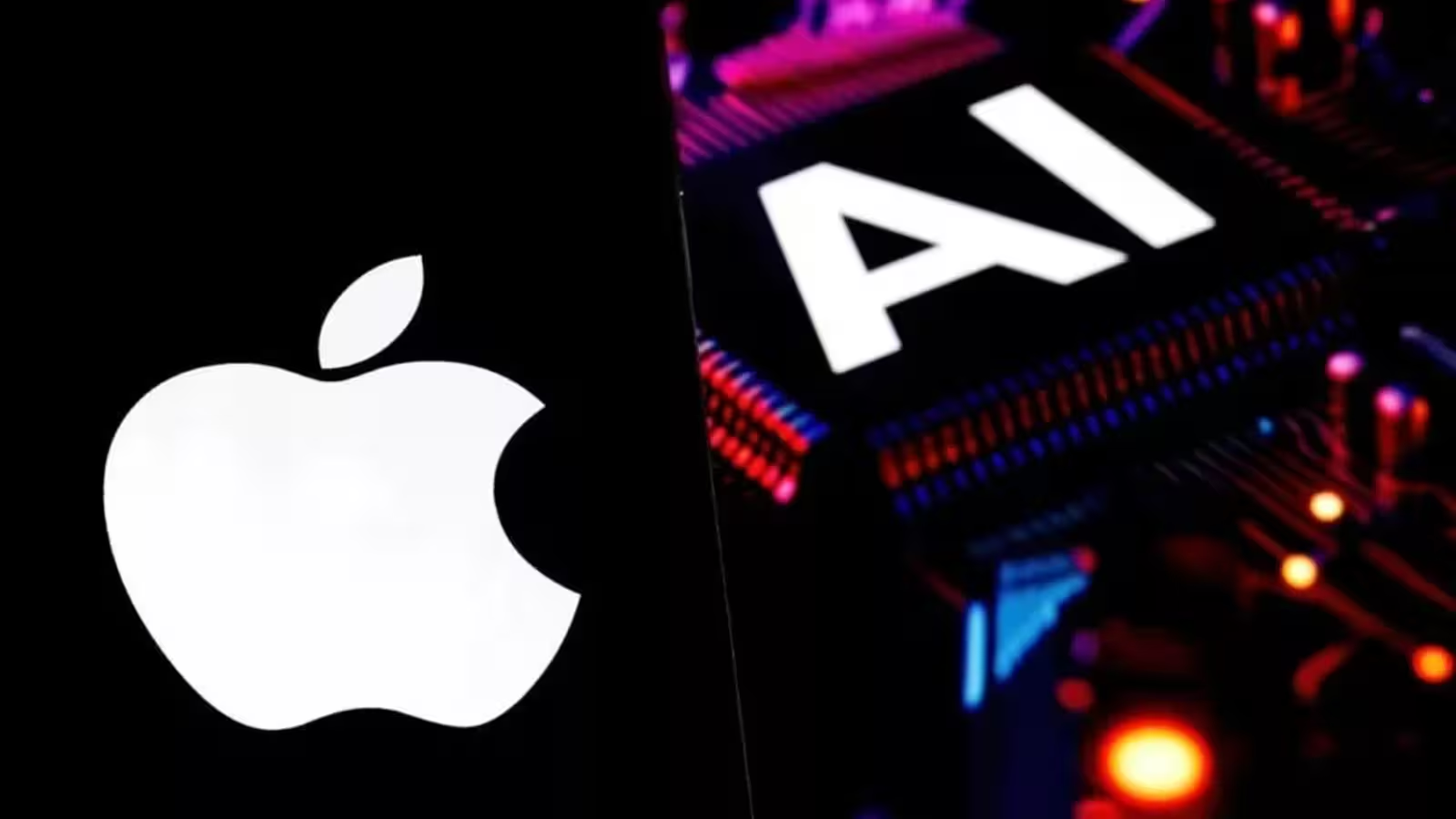4 Minutes
Apple’s machine learning team recently published a provocative research paper titled "The Illusion of Thinking," which sparked intense debate within the artificial intelligence community. In this study, Apple’s researchers argued that today’s large language models, at their core, do not truly engage in independent reasoning or logical thinking. However, a new response from the AI research community has cast doubts on Apple’s sweeping conclusions, igniting a vibrant discussion about the actual limitations and potential of modern AI models.
Core Arguments: Are Current AI Models Truly Limited?
Ellen Lason, a researcher from Open Philanthropy, published a counter-paper titled "The Illusion of the Illusion of Thinking," directly challenging Apple’s assertions. Lason—referencing the advanced Claude Opus model from Anthropic—argues that Apple’s findings reflect design shortcomings and not inherent limitations in AI reasoning capabilities. According to her, technical and configuration issues primarily caused the apparent shortcomings in AI performance highlighted by Apple’s study.
Key Criticisms of Apple’s Methodology
Lason highlighted three major issues regarding Apple’s evaluation:
- Token Limitations Overlooked: Lason asserts that Apple's models failed certain logic puzzles not because of a lack of reasoning, but due to strict output token limitations, which truncated the models' responses.
- Unsolvable Problems Labeled as Failures: For puzzles such as variants of the 'River Crossing' challenge, some instances were unsolvable, yet Apple counted AI failures in these scenarios, unfairly penalizing the models.
- Evaluation Pipeline Constraints: Apple’s automated assessment system only rewarded fully finished, step-by-step solutions. Partial answers or strategic responses—even if logically sound—were marked as failures, not distinguishing between a breakdown in reasoning and limited output.
To support her claims, Lason reran Apple’s tests, this time removing the output constraints. The results indicated that the tested AI models could, indeed, solve complex logical problems when artificial restrictions were lifted, suggesting true reasoning abilities are present if systems are properly configured.

Testing AI with Classic Logic Puzzles
Apple’s original research evaluated AI reasoning using a suite of four classic logical challenges: the Tower of Hanoi (image above), the Blocks World, the River Crossing puzzle, and Checkers piece jumping. These puzzles, staples in both cognitive science and artificial intelligence research, grow more complex with additional steps and restrictions—demanding robust multi-stage planning from any AI solution.
Apple’s team required that AI models not only provide correct answers, but also clearly lay out their "chain-of-thought" for each puzzle, making the evaluation more rigorous.
Performance Decline as Complexity Increases
The Apple study found that as puzzle complexity rose, the accuracy of language models dropped sharply, hitting zero on the most challenging problems. Apple cited this as evidence of a fundamental collapse in reasoning capabilities among state-of-the-art AI systems.
Community Pushback: Reasoning or Output Issue?
The AI research and social media community quickly pointed out what they saw as flaws in Apple’s interpretation. Critics emphasized that failing to generate complete outputs due to token limits is not equivalent to a failure in reasoning. In fact, many times the models produced correct logical strategies but were simply cut off before finishing their solution. Additionally, Apple scored AI negatively even for unsolvable puzzle instances, raising questions about the fairness of their evaluation.
Implications and Market Relevance
This debate has significant consequences for the ongoing development of generative AI, large language models, and advanced AI assistants. As technology companies vie to develop AI that can tackle real-world, multi-step reasoning—vital for autonomous systems, advanced search, coding, and more—understanding the genuine strengths and weaknesses of language models is critical.
Both Apple’s and Lason’s findings underscore the importance of evaluation methodologies and the design of AI testing environments. As generative AI continues to evolve, ensuring fair, transparent, and robust benchmarks will be essential to measuring—and truly improving—AI problem-solving capabilities.
Source: arxiv



Comments